BMPC ਬਲੌਗ
ਸਿਹਤ ਵਿਸ਼ੇ ਜਾਣਕਾਰੀ
ਬਰੁਕਲਿਨ ਪਲਾਜ਼ਾ ਮੈਡੀਕਲ ਸੈਂਟਰ ਨਾ ਸਿਰਫ਼ ਤੁਹਾਨੂੰ ਚੰਗਾ ਕਰਨਾ ਚਾਹੁੰਦਾ ਹੈ - ਅਸੀਂ ਤੁਹਾਨੂੰ ਚੰਗਾ ਰੱਖਣਾ ਚਾਹੁੰਦੇ ਹਾਂ। ਇਸਦਾ ਮਤਲਬ ਹੈ ਬਰੁਕਲਿਨਾਈਟਸ ਨੂੰ ਸਿਖਾਉਣਾ ਕਿ ਆਪਣੀ ਅਤੇ ਆਪਣੇ ਅਜ਼ੀਜ਼ਾਂ ਦੀ ਚੰਗੀ ਦੇਖਭਾਲ ਕਿਵੇਂ ਕਰਨੀ ਹੈ। ਫਲੂ ਸ਼ਾਟਸ 'ਤੇ ਰਨ-ਡਾਊਨ ਤੋਂ ਲੈ ਕੇ ਘਰ ਵਿੱਚ ਦੇਖਭਾਲ ਦਾ ਤਾਲਮੇਲ ਕਰਨ ਤੱਕ, ਸਾਨੂੰ ਇੱਕ ਸਿਹਤਮੰਦ ਜੀਵਨ ਸ਼ੈਲੀ ਜੀਉਣ ਵਿੱਚ ਤੁਹਾਡੀ ਮਦਦ ਕਰਨ ਲਈ ਜਾਣਕਾਰੀ ਅਤੇ ਸਰੋਤ ਮਿਲੇ ਹਨ।

Diabetes is a serious condition, but it’s manageable with the right approach. Start by scheduling regular check-ups with your healthcare provider, adopting healthier eating habits, and staying active. Early detection and education can change the trajectory of diabetes and ensure a healthier future for yourself and your loved ones.

Maintaining a healthy diet can be challenging, especially for families living in a bustling urban environment like New York City. With the high cost of living and the endless array of dining options, it’s easy to feel overwhelmed when it comes to making nutritious choices. However, healthy eating doesn’t have to break the bank. By incorporating budget-friendly grocery shopping strategies, effective meal planning, and culturally relevant foods, NYC families can enjoy a wholesome diet without overspending. Affordable Grocery Shopping When it comes to grocery shopping in NYC, finding affordable options is key. Here are some tips to help families save money while shopping for healthy foods: Shop Local: Visit local farmers' markets and neighborhood grocery stores, which often offer fresh produce at competitive prices. These markets not only support local farmers but also provide an opportunity to discover seasonal fruits and vegetables. Buy in Bulk: Purchasing staple items like rice, beans, and grains in bulk can significantly reduce costs. Look for bulk bins in larger supermarkets or health food stores, where you can buy only what you need. Choose Frozen Over Fresh: Frozen fruits and vegetables can be just as nutritious as their fresh counterparts and are often more affordable. They have a longer shelf life, making them a great option for busy families. Embrace Generic Brands: Store brands or generic products often offer the same quality as name brands but at a lower price. Don't hesitate to choose these options when shopping. Plan Your Meals Around Sales: Keep an eye on weekly grocery store sales and circulars. Planning meals around what's on sale can help families save money while enjoying a variety of foods. Meal Planning for Success Effective meal planning is essential for staying within budget while ensuring that the family eats healthily. Here are some strategies to consider: Create a Weekly Menu: Spend some time each week planning meals based on the ingredients you already have, what’s on sale, and family favorites. This will help minimize food waste and ensure a variety of nutrients. Batch Cooking: Preparing meals in larger quantities can save time and money. Cook a big batch of chili, soup, or stir-fry that can be enjoyed throughout the week or frozen for later. Prep Ingredients Ahead of Time: Dedicate some time to washing, chopping, and storing fruits and vegetables for the week. This makes it easier to grab healthy snacks or throw together meals in a hurry. Involve the Family: Get the whole family involved in meal planning and preparation. This not only fosters healthy eating habits but also makes mealtime a fun and engaging activity. Incorporating Culturally Relevant Foods New York City is a melting pot of cultures, and incorporating diverse culinary traditions can make healthy eating exciting. Here are a few affordable and nutritious recipe ideas that celebrate the city’s rich food diversity: Vegetable Stir-Fry with Brown Rice: Use seasonal vegetables such as bell peppers, broccoli, and carrots, and stir-fry them with tofu or chicken in a light soy sauce. Serve over brown rice for a filling meal that’s quick and easy to prepare. Lentil Tacos: Cook lentils with taco seasoning and serve in corn tortillas. Top with diced tomatoes, avocado, and fresh cilantro for a nutritious twist on a classic dish. Chickpea Curry: Sauté onions, garlic, and ginger, then add canned tomatoes and chickpeas. Season with curry spices and serve with whole grain rice or naan. This dish is not only affordable but also packed with protein and flavor. Cabbage Salad with Peanut Dressing: Shred cabbage and carrots, then toss with a simple peanut dressing made from peanut butter, soy sauce, and lime juice. This refreshing salad is rich in nutrients and can be enjoyed as a side dish or main. Fruit and Yogurt Parfait: Layer low-fat yogurt with seasonal fruits and granola for a quick and healthy breakfast or snack that the whole family will enjoy.

In a vibrant and diverse city like New York, the medical community serves a rich tapestry of cultures, languages, and beliefs. This diversity is a source of strength, but it also presents unique challenges when it comes to providing effective healthcare. Cultural sensitivity in medical care is crucial for fostering trust, improving communication, and enhancing patient outcomes. Understanding and addressing the cultural factors that influence health beliefs and behaviors can lead to more effective treatment plans and better health results for patients. The Importance of Cultural Sensitivity Cultural sensitivity refers to the awareness and understanding of the cultural differences that exist among patients. These differences can encompass a wide range of factors, including ethnicity, language, religion, and socioeconomic status. When healthcare providers approach patients with cultural sensitivity, they demonstrate respect for their patients' backgrounds and perspectives, which can significantly enhance the patient-provider relationship. Research shows that patients who feel understood and respected are more likely to engage in their healthcare, adhere to treatment plans, and report higher satisfaction with their care. Conversely, a lack of cultural sensitivity can lead to miscommunication, misunderstandings, and a reluctance to seek care, ultimately contributing to poorer health outcomes. Impact on Patient Outcomes Numerous studies have highlighted the impact of cultural sensitivity on patient outcomes. For instance, patients from minority backgrounds often experience disparities in healthcare access and quality. These disparities can stem from language barriers, cultural misunderstandings, and biases within the healthcare system. By prioritizing cultural sensitivity, healthcare providers can help mitigate these disparities, leading to more equitable care for all patients. Additionally, understanding cultural beliefs around health can play a significant role in treatment effectiveness. For example, some cultures may have traditional healing practices or dietary restrictions that influence medical decisions. A culturally sensitive approach allows healthcare providers to incorporate these beliefs into treatment plans, fostering collaboration and enhancing patient adherence. Incorporating Cultural Competence in Practice At the Brooklyn Plaza Medical Center, we recognize the importance of cultural sensitivity and are committed to incorporating cultural competence into our daily practice. Our healthcare providers come from diverse backgrounds themselves, reflecting the communities we serve. This diversity enriches our understanding of different cultural practices and beliefs, allowing us to provide more personalized care. To further enhance our cultural competence, we provide ongoing training for our staff. New employees undergo a cultural sensitivity training program as part of their orientation. This training helps staff recognize their own biases, understand the cultural contexts of their patients, and develop effective communication strategies. In addition, we conduct annual cultural competency training in partnership with the Community Health Care Association of New York State (CHCANYS). This training keeps our staff updated on best practices and equips them with the tools needed to serve our diverse patient population effectively.







